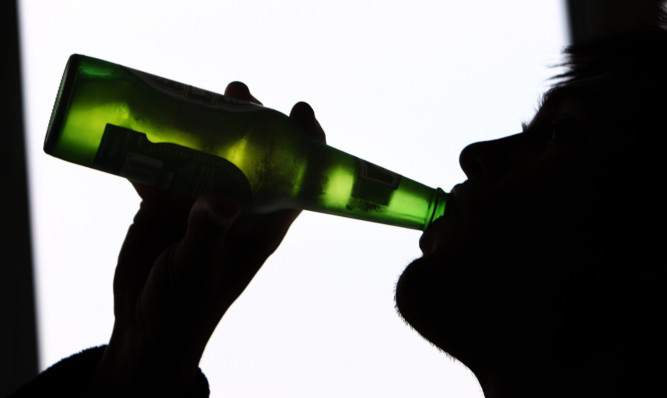Scotland is leading the way in alcohol policy in the UK while the Westminster Government “comes out worst” on almost all such measures a new report has found.
Academics from Stirling and Sheffield universities examined the different measures adopted across the four parts of the United Kingdom when it comes to dealing with the nation’s drink problem.
They have now recommended that the UK Government should “reverse its opposition” to minimum pricing for alcohol.
Holyrood has already passed legislation to introduce a minimum unit price (MUP) of 50p for alcoholic drinks, although this has not yet been implemented because of a legal challenge currently before the European Court of Justice.
The report by Dr Niamh Fitzgerald, from Stirling University, and Colin Angus, at the University of Sheffield, highlighted the Scottish Government’s support for minimum pricing and also praised it for leading the way by cutting the drink-driving limit north of the border and investing record amounts in alcohol treatment.
Dr Fitzgerald said: “Alcohol policy at UK Government level is in disarray, with it choosing to reduce taxation despite evidence that consumption and alcohol-related harms will increase as a result, putting even greater pressure on NHS and emergency services.
“In contrast to the UK Government, the devolved administrations – especially Scotland – are taking steps to address the widespread harms due to alcohol, recognising that they are a ‘whole population’ issue.”
But she added: “All four nations, however, engage in partnership with the alcohol industry, despite clear conflicts of interest and its history of failure to support those policies most likely to work.”
According to the study, “overall Scotland has the strongest approach to evidence-based alcohol policy”, and while Wales and Northern Ireland policies are “strong in some areas and weaker in others”, it noted that both have less powers over relevant legislation than the Scottish Government.
It continued: “The UK/England government in Westminster comes out worst on almost all alcohol policy measures, having the weakest policies with inconsistent use of evidence and an evaluation strategy with obvious conflicts of interest (eg letting the alcohol industry evaluate the success of their own actions). The same government also has the highest level of engagement with the alcohol industry.”
Scotland has banned multi-buy discounts for alcohol – such as buy one get one free offers – in both pubs and clubs and off-licences and supermarkets, but the report said: “The UK coalition government rejected a ban on multi-buy discounts in off-licences after consultation on the alcohol strategy in 2013.”
On minimum pricing it said evidence from Canada found the measure “to be effective at reducing alcohol related harm”, adding that: “Scotland, Wales and Northern Ireland have stated their support for minimum unit pricing for alcohol and Scotland has legislated for it.”
In contrast, the report said the UK Government had “announced and then reversed its support for a similar policy in England and Wales”.
The academics said “only in Scotland were we able to find provision for local authorities (subject to confirmation by the Scottish ministers) to create bylaws to ban drinking in designated public places”.
They also said ministers north of the border had led the way in prioritising so called “alcohol brief interventions” – where GPs, health staff, youth workers and others offer advice to an individual on their drinking – having set targets for these since 2008 which have “consistently been exceeded”.
The report continued: “The Scottish Government invested record amounts in treatment services under its alcohol strategy from 2008 and has managed to increase the proportion of alcohol-dependent individuals in treatment compared to England and Wales where there has not been the same injection of resources.”
